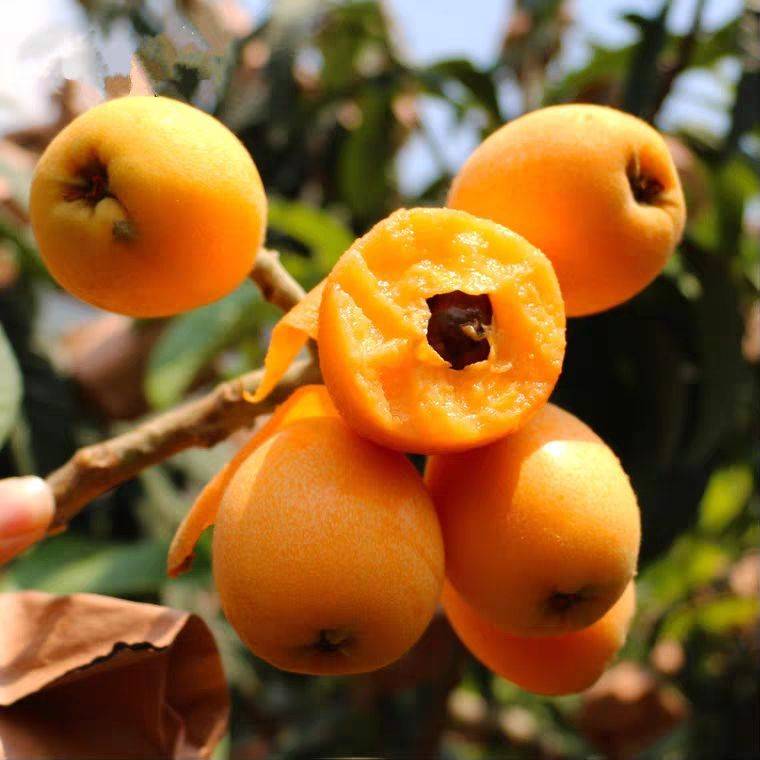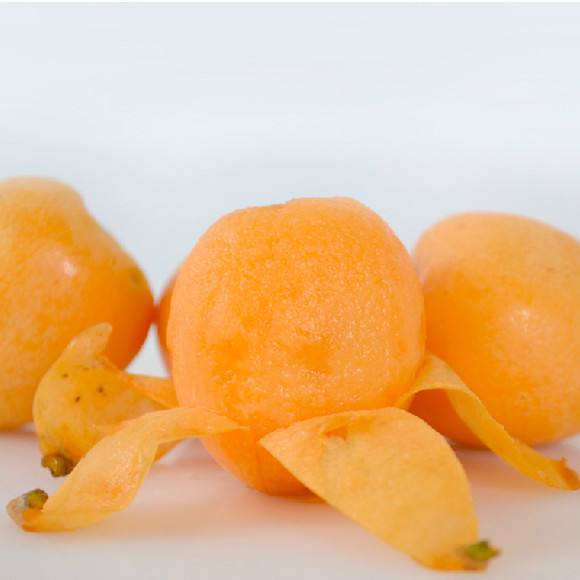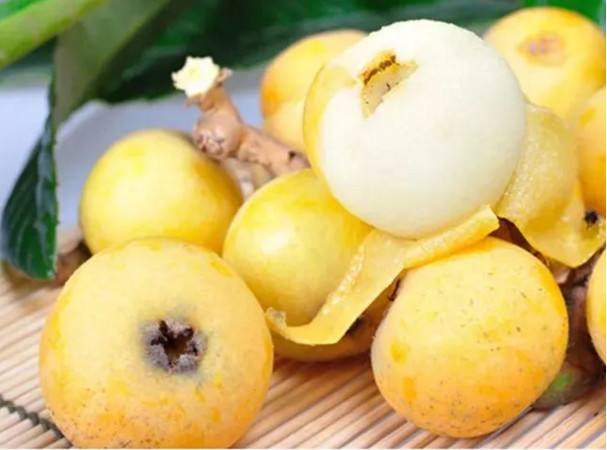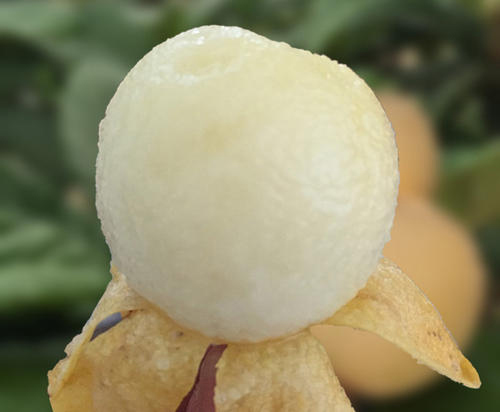Scientific classification
- Scientific Name: Eriobotrya Japonica (Thunb.) Lindl.
- English Name: Loquat,Biwa,Biwa Cha(Japan),Naspli,nispero,nespera,nespolo,Crataegus Bibas,Mespilus Japonica,Japanese Plum,Japanese Medlar
- Family: Rosaceae
- Genus: Eriobotrya
- Type: Evergreen Shrub,Evergreen Tree
- Country Of Origin: China
Eriobotrya japonica is a large evergreen shrub or small tree, with a rounded crown, short trunk and woolly new twigs. The tree can grow to 5 to 10 metres tall, but is often smaller, about 3 to 4 metres. The fruit begins to ripen during spring to summer depending on the temperature in the area. The leaves are alternate, simple, 10 to 25 centimetres long, dark green, tough and leathery in texture, with a serrated margin, and densely velvety-hairy below with thick yellow-brown pubescence; the young leaves are also densely pubescent above, but this soon rubs off.
Suitable for: Loquat trees are sensitive to cold weather. The trees can tolerate temperatures as low as 10 F. (-12 C.) without serious damage, but temperatures below 27 F (-3 C.) kill the flowers and fruit.
Uses:Their high natural pectin content makes them ideal for easy jams and jellies. They can also be baked into pies and tarts, both whole or pureed.Also cultivated as an ornamental plant.Ornamental as well as practical, loquat trees make excellent lawn specimen trees, with whirls of glossy foliage and a naturally attractive shape.




